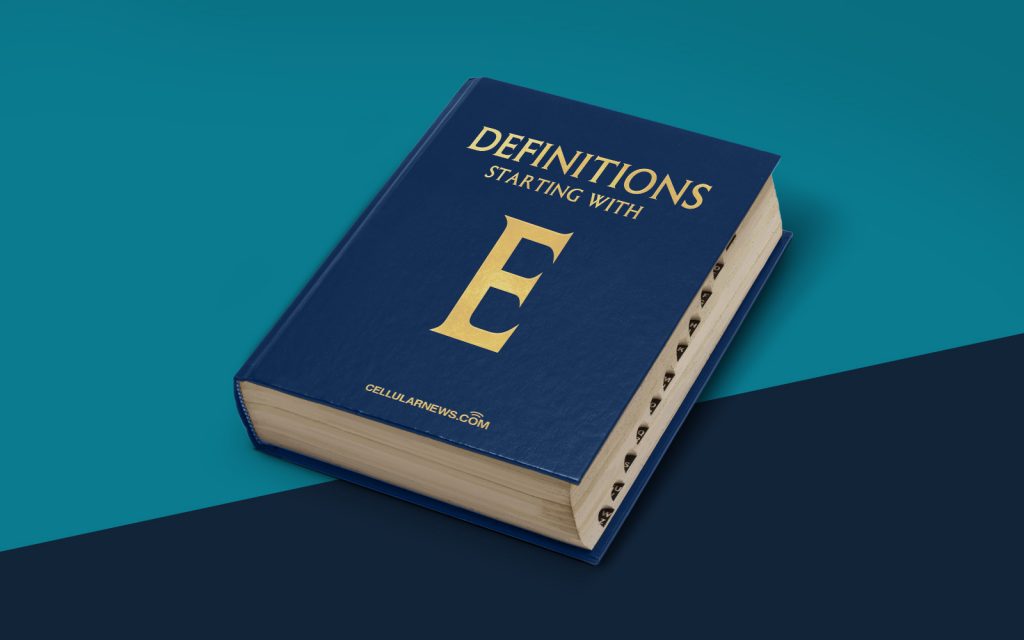
What is Electronic Image Stabilization (EIS)?
Welcome to another article in our DEFINITIONS series! In this post, we will dive into the fascinating world of Electronic Image Stabilization (EIS) and explore its purpose, functioning, and benefits. So if you’ve ever wondered how those dazzlingly smooth and jitter-free videos are captured, you’ve come to the right place!
Key Takeaways:
- Electronic Image Stabilization (EIS) is a technology used to reduce blurring and shaky footage in videos.
- EIS relies on software algorithms to analyze and compensate for unwanted camera movements.
Let’s begin by addressing the critical question: What is Electronic Image Stabilization? Put simply, EIS is a technology designed to mitigate the effects of camera shake and motion blur, resulting in more stable and visually appealing videos. It achieves this by using software-based techniques to compensate for any unwanted movements during video recording.
Now, you might be wondering how EIS precisely accomplishes this feat. Here’s a breakdown of the process:
- Camera Motion Detection: EIS first detects any motion or shake during video recording using various sensors, gyroscopes, and accelerometers that are built into the camera or smartphone.
- Analysis and Compensation: Once motion is detected, the EIS software algorithms come into play. These algorithms analyze the movement patterns and make the necessary adjustments to the captured frames in real-time.
- Frame Alignment: EIS uses frame alignment techniques to stabilize the video. It digitally “shifts” the frames based on the detected motion to ensure a more stable and smooth result.
- Frame Cropping (if needed): In some cases, when the camera movement is excessive, EIS may crop the video frames slightly to further stabilize the footage. The cropping is done intelligently to minimize any impact on the overall composition.
- Final Output: After the necessary corrections and adjustments, the EIS system produces a video with reduced blurring and shake, resulting in a much more pleasant viewing experience.
Now that we’ve explored the process, let’s take a moment to highlight the key benefits of Electronic Image Stabilization:
- Improved Video Quality: EIS helps eliminate the distracting effects of camera shake, resulting in sharper and more visually pleasing videos.
- Effortless Recording: With EIS, users can achieve smooth and stable footage without the need for external stabilizing equipment, making it more convenient for capturing on-the-go moments.
As technology continues to advance, we can expect Electronic Image Stabilization to become even more sophisticated, delivering outstanding results in various devices, from smartphones to action cameras and professional-grade videography equipment.
We hope this article has shed light on the wonders of Electronic Image Stabilization (EIS) and its significant role in improving video quality. Stay tuned for more articles in our DEFINITIONS series as we unravel the complexities behind various terminologies in the digital world!
